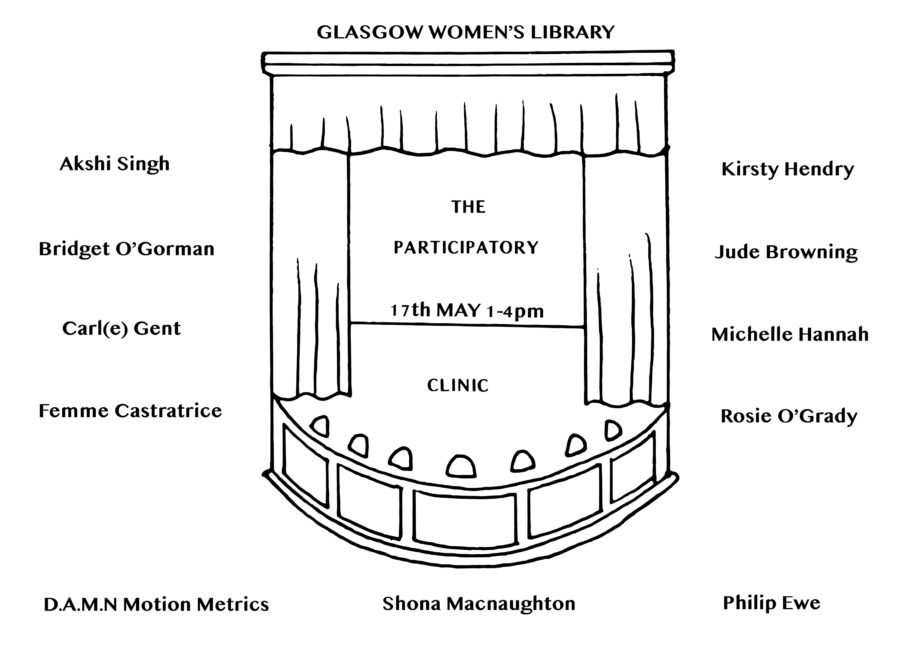Project Pages

When we are not seen, heard or recognised
Decoding Inequality: The objects in this exhibition have been chosen from the museum and archive collections of Glasgow Women’s Library. They were selected by staff and volunteers to reflect the […]

When we are not treated equally by the law and the state
Inequality is experienced through a lack of: inclusion in the political process, representation, access to healthcare, control over reproduction, equal treatment in the criminal justice system.

When we do not have equal access to health care
Decoding Inequality: The objects in this exhibition have been chosen from the museum and archive collections of Glasgow Women’s Library. They were selected by staff and volunteers to reflect the […]

When society assigns us roles based on aspects of our identity
Women are presented with images and objects which reflect society’s expectations of our behaviour.

When we lack control over how we are represented
Women’s creative practice is treated entirely differently to men’s.
The objects in this exhibition have been chosen from the museum and archive collections of Glasgow Women’s Library. They were selected by staff and volunteers to reflect the nature of inequality and how it is experienced. The objects have been ‘decoded’ and analysed, addressing the inequalities that each object articulates and the context in which it was produced.
When it comes to telling the stories of inequality, by its nature, the GWL collection is atypical. This collection partly aims to address the imbalance of representation, and many artefacts reflect work to challenge dominant narratives and highlight inequalities, discrimination and oppression.
Many museums, archives and libraries with more mainstream institutional histories than GWL care for objects and collections that tell stories about inequality – but the narratives of inequality are implicit rather than explicit and are contained within the means of production, histories of ownership and representation. The very existence of these collections and the way in which they shape our understanding of the world reflects the historical imbalance of power and structural inequalities. In these institutions, inequality is often articulated by the presence of certain objects and the complete absence of others – even though these narratives are rarely explored.
The majority of objects shown in the GWL exhibition reflect the commitment of activists to identify, highlight and fight the inequalities that people face in all areas of life.
This exhibition is less about exposing hidden inequality within an archive or museum collection and is more about highlighting the many, often intersectional, inequalities that impact on people’s lives and how activists fight against them.







